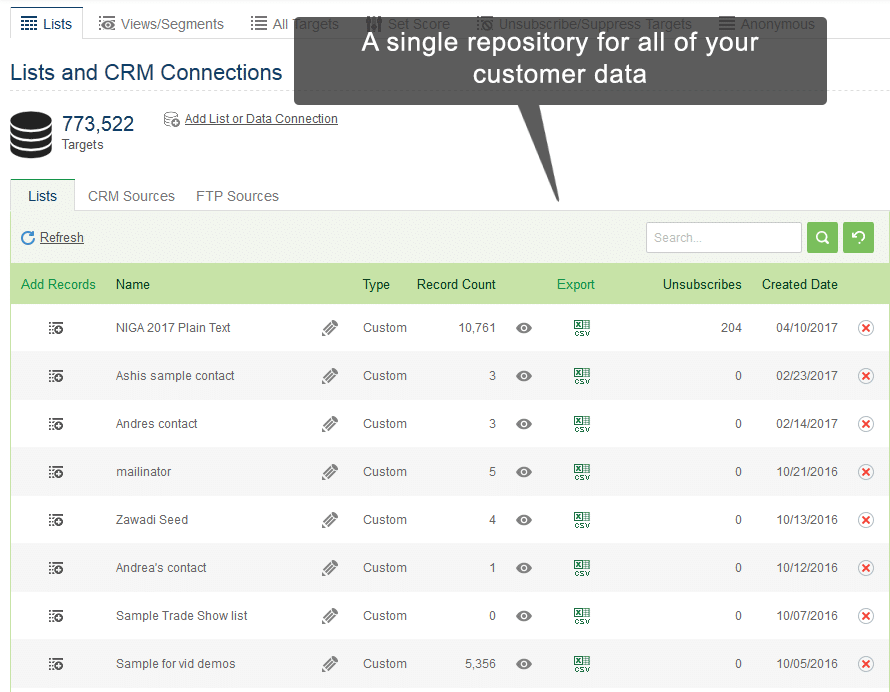
With the emergence of tracking and analytics tools, a vast amount of customer data can be collected at nearly every stage of the purchasing lifecycle. However, this data is only helpful when it can be easily analyzed for businesses to take appropriate action. Customer data such as the basic profile, interactions and behavioural habits needs to be gathered from partitioned data sets into a single, centralized location – the unified customer view. Marketing strategists can use this approach to determine what high-value characteristics a customer may have, to better understand the customers relationship and buying motivations, and so further personalize future interactions.
In the modern digital age it is particularly important to aggregate data across multiple channels to obtain a greater picture of the customer. The data cannot remain stagnant as customer behaviors are constantly evolving. It must be instantly updated on a consistent basis across all engagement activities to provide a useful source of knowledge. Once a unified customer view is established, the organization can use it for many purposes, among them the following.
- Increasing marketing efficiency: By understanding past behaviors and interactions, marketers can more effectively predict a relevant and personalized customer journey. Prospects can be moved fluidly along the path to purchasing new products or services based on their individualized needs.
- Create actionable insights: As a company begins to analyze the mood and sentiment of its customers, it can better understand how to trigger proactive actions. Knowing customers better allows companies to take actions that improve customer loyalty and therefore customer retention.
- Improve multi-channel communications: Knowing where and how a customer interacts with various communication channels enable marketers to present a unified message at all touch points. This increases the number of connections and further engrains the brand message in the consumers mind.
- Build a comprehensive sales database: Companies that employ sales teams can easily use a unified customer view to combine lead requests, survey feedback and contact information into a mini CRM-like actionable profile for each target.
- Achieve more precise data analysis: Companies can analyze the available data to gain customer insights or to group customers into meaningful segments for targeted marketing. They can also mine public social media data, such as contact information, personal interests and affiliations, and combine it with the privately collected information to formulate a state-of-the-art target profile.
A unified customer view can help marketers define customer experiences and drive enhanced engagement. Experiture offers an all-in-one customer engagement marketing platform that helps both B2C and B2B marketers develop personalization programs that generate more leads and interact more effectively with target audiences. This platform provides a unified customer view, all-in-one analytics, and buyer persona marketing opportunities. Visit the Experiture website or call 888-950-0700 today to learn more about how a unified customer view can create an effective customer journey.